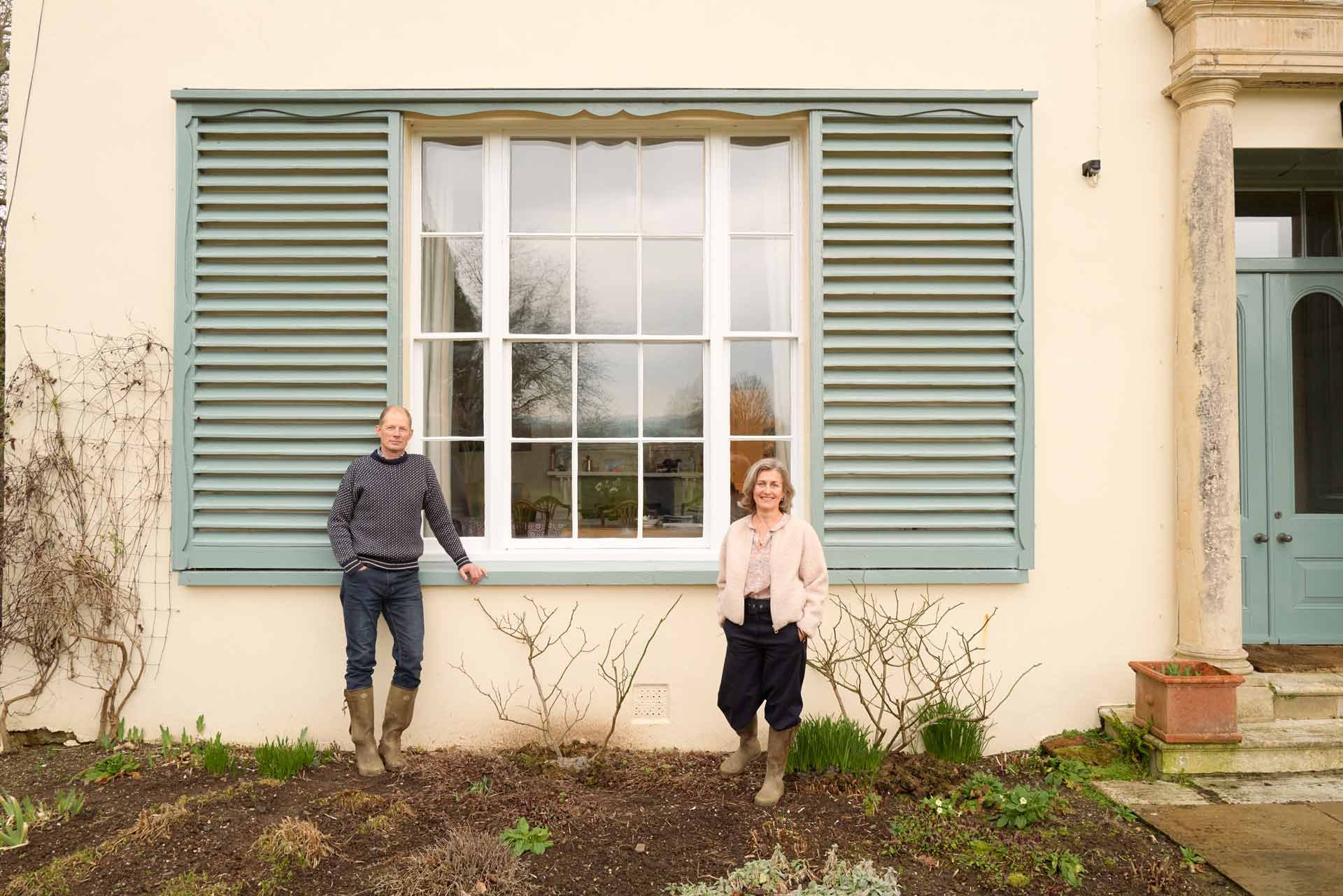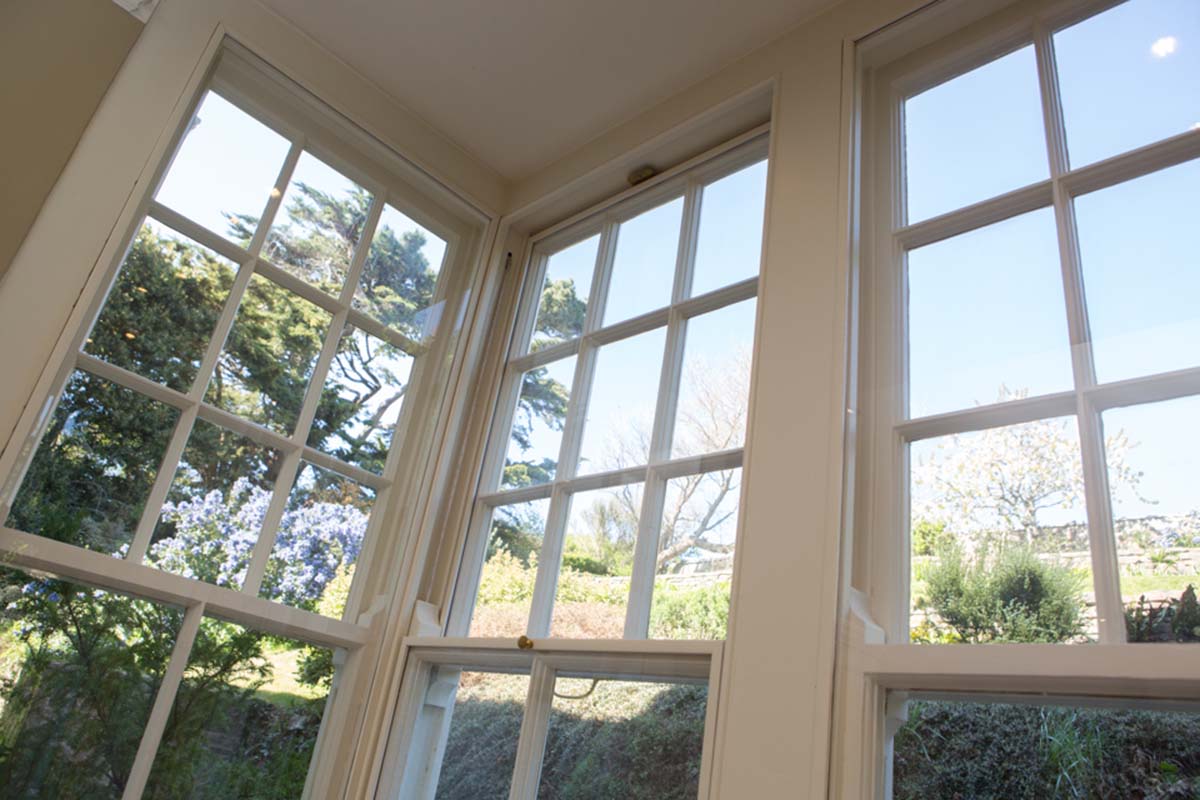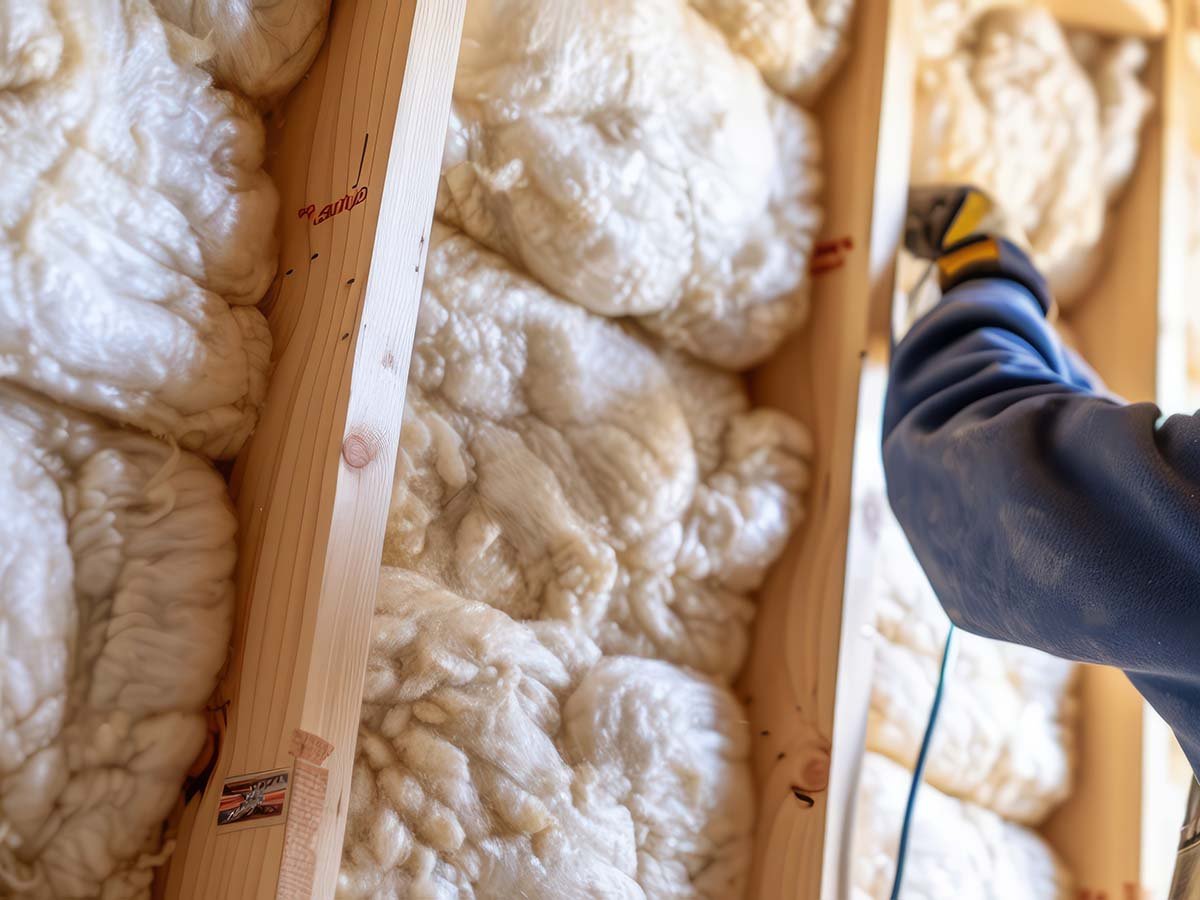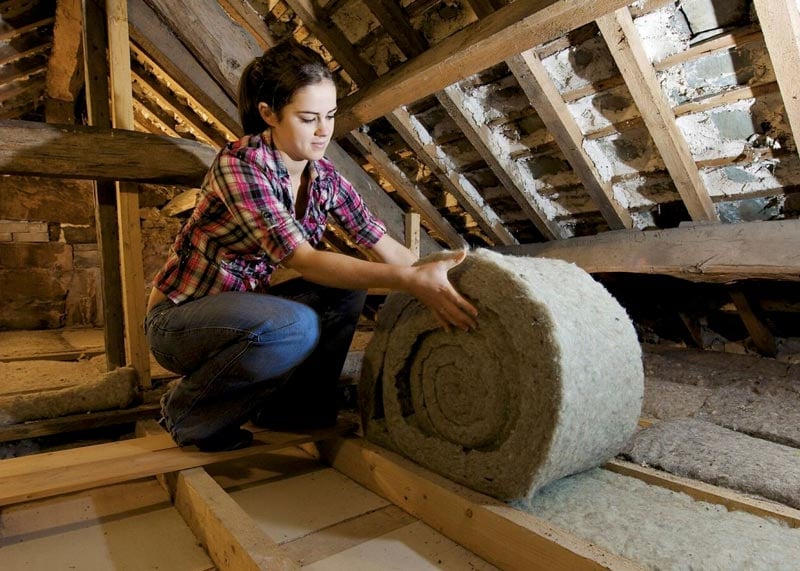Mark and Sarah Ansell are the proud custodians of a striking mid-18th-century Georgian home in North Devon, a Grade II listed property that has been in Mark’s family since 1944.
Keen to make their historic house more energy efficient without compromising its character, they turned to Mitchell & Dickinson to help solve a long-standing problem: persistent draughts and high heating costs.
‘We love the house; it’s part of the family story,’ says Mark. ‘But keeping it warm was always a battle. Something had to change.’

The problem
With original single-glazed sash windows and thick stone walls, the house was charming, but far from cosy.
‘You could stand by the windows and literally feel the wind pouring in,’ Mark recalls. ‘We were burning so much oil just to keep the chill at bay.’
As an engineer and sustainability advocate, Mark was determined to reduce the home’s carbon footprint. But with the restrictions of a Grade II listing, conventional double glazing wasn’t an option. Past attempts with secondary glazing had been frustrating and ineffective.
‘Decarbonising had to start with insulation,’ Mark explains. ‘But we needed a solution that respected the building’s heritage.’
Having seen Mitchell & Dickinson’s work in the nearby historic village of Clovelly, Mark and Sarah felt confident they’d found the right partner: ‘We knew Mitchell & Dickinson understood what it meant to work on listed buildings, and to do it properly.’

The installation
The project began with the most exposed side of the house, which took the full force of the coastal winds. Mitchell & Dickinson carefully removed the sash windows, restored their function, and discreetly installed their unique draught-proofing system using seals, brass screws, and redesigned frames, preserving the original look while radically improving performance.
‘You really have to look hard to notice the changes,’ says Mark. ‘But the difference is huge. Some windows hadn’t opened for ten years, and now they glide beautifully.’
In addition to the windows, Mitchell & Dickinson also insulated the doors and improved seals throughout the property, creating a unified, invisible layer of protection.

The results
The transformation was immediate. ‘The house feels completely different now,’ says Mark. ‘We only need the central heating for short periods in winter. The rest of the time, the house holds the warmth because the draughts are finally gone.’
With the insulation in place, the Ansells could move forward with a broader energy plan. They installed 7kW of solar PV panels, 2.4kW of solar thermal panels, and two 8kWh Powervault batteries to store energy. They also converted their oil-fired Aga to electric and switched to a smart electricity tariff to maximise savings.
The results speak for themselves. Before these changes, the Ansells were spending £3,000 a year on electricity and £5,000 on oil – a total of £8,000 in annual energy costs. Since the upgrades, their annual electricity bill has dropped to £1,200, and their oil expenditure has halved to £2,000. That’s a 60% reduction in overall energy bills, saving £4,800 a year, all while increasing their electricity usage from 6,000kWh to 13,000kWh to power their new sustainable systems.
Crucially, this shift has massively reduced their reliance on fossil fuels, aligning with their goal to decarbonise the house and lower their environmental footprint.
‘Without Mitchell & Dickinson’s work, none of our other sustainability upgrades would have been possible,’ says Mark. ‘It was the foundation for everything.’
Beyond the financial and environmental benefits, the emotional impact was just as important: ‘We’ve made the house fit for the future, but it still feels like home, just warmer and better.’
For homeowners of listed or period properties, Mark offers one clear message: ‘This is absolutely the right thing to do. It’s made a big difference, not just for us, but for the future of our home.’










